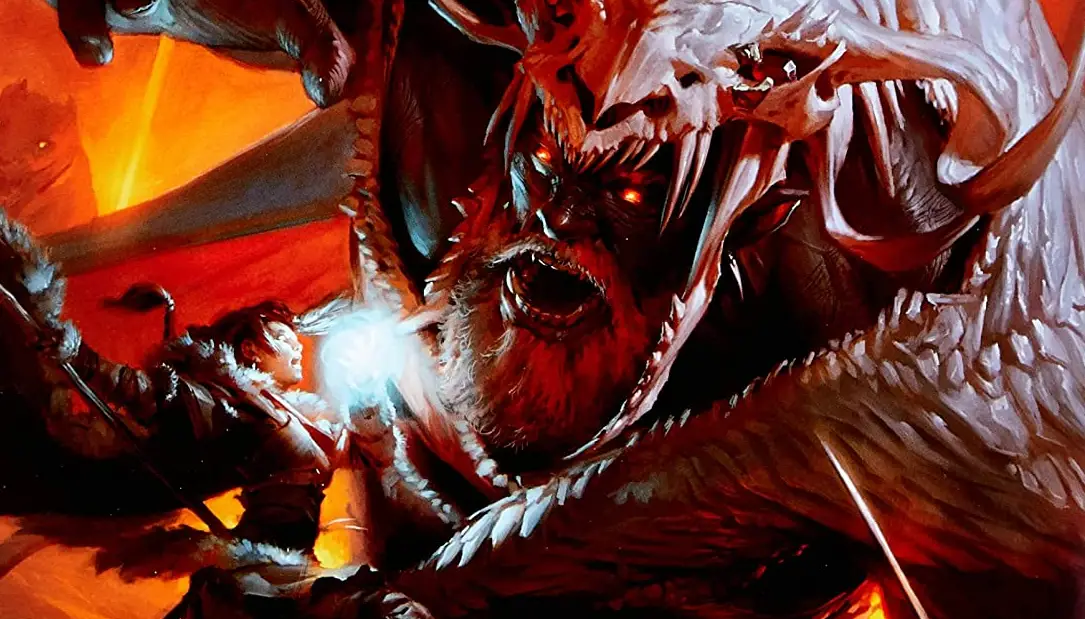Bards of the College of Swords are bold and daring entertainers with skillful combat maneuvers and mind-altering magic. Originally known as Blades, these bards are skilled with knife tricks, blade juggling, and sword swallowing. So, if this allures you, you probably want to know how to make a sword bard build.
Read below how to make this character that’s basically the Zorro of Dungeons&Dragons.
Table of Contents
How to Build Bard College of Swords
When playing a bard College of Swords, consider the following:
Choose a race with high Dexterity and Charisma modifiers
Dexterity and Charisma are the most essential scores for bards in general. Drow and tabaxi are the best picks for this sword fighter.
A drow fencer would gain a +2 Dexterity and +1 Charisma bonus combination.
Tabaxi offers a +2 Dexterity/+1 Charisma combination but with feline maneuverability options.
Build bard around fencing and social prowess
What we mean by this is to build it with studded leather armor/ rapier combination.
Learn College of Swords Benefits and Blade Flourish
Once you reach level 3, you can gain several benefits such as Bonus Proficiencies, Fighting Style and Blade Flourish.
You’ll get Bonus Proficiencies with medium armor and a cutlass. However, you will now be able to use your rapier as your spell focus.
Next, choose a martial Fighting Style to improve your skill with the blade. Your two options are Two-Handed Fighting and Dueling. Though Two-Handed Fighting is alluring, getting an additional Dexterity modifier to your second attack hand is better. Not only that, you get Dueling for the +2 bonus to attack damage.
Blade Flourish can give you combat moves and bonus damage for 3 different scenarios. Each use costs a Bardic Inspiration die. These flourishes are:
- Defensive Flourish
- Slashing Flourish
- Mobile Flourish
The following levels will grant you an Extra Attack (level 6) and a Master Flourish (level 14). An Extra Attack will give you twice as lethal in melee combat. Master Flourish replaces your Bardic Inspiration die with a free 1d6. This means you can’t spend more Bardic Inspiration rolls on aiding allies.
Choose bard spells that complement a swashbuckling fencer and aid the party
These are the best spells you can choose:
Cantrips
- Mage Hand
- Blade Ward
- Vicious Mockery
- Minor Illusion
1st-level spells
- Cure Wounds
- Detect Magic
- Thunderwave
- Bane
2nd-level spells
- Invisibility
- Zone of Truth
- Lesser Restoration
Conclusion To Sword Bard Build
Building your sword bard build is tough. But once you get the hang of it, you will see that it’s a fine build to make. It’s for the brave and bold so if you have these qualities, go check this build out.
If you are wise with your Inspiration – maybe using it only if you’re worried about yourself – then level 14 will be a surprising level for you due to the exciting things that this build can offer. If you’re looking for a different flavor on Valor, and perhaps want to make your party members regret saying “use your inspiration already,” then this is a great pick.
Should you want to dive deeper into the sword bard build and create your own, check out this Reddit link. Happy playing!


